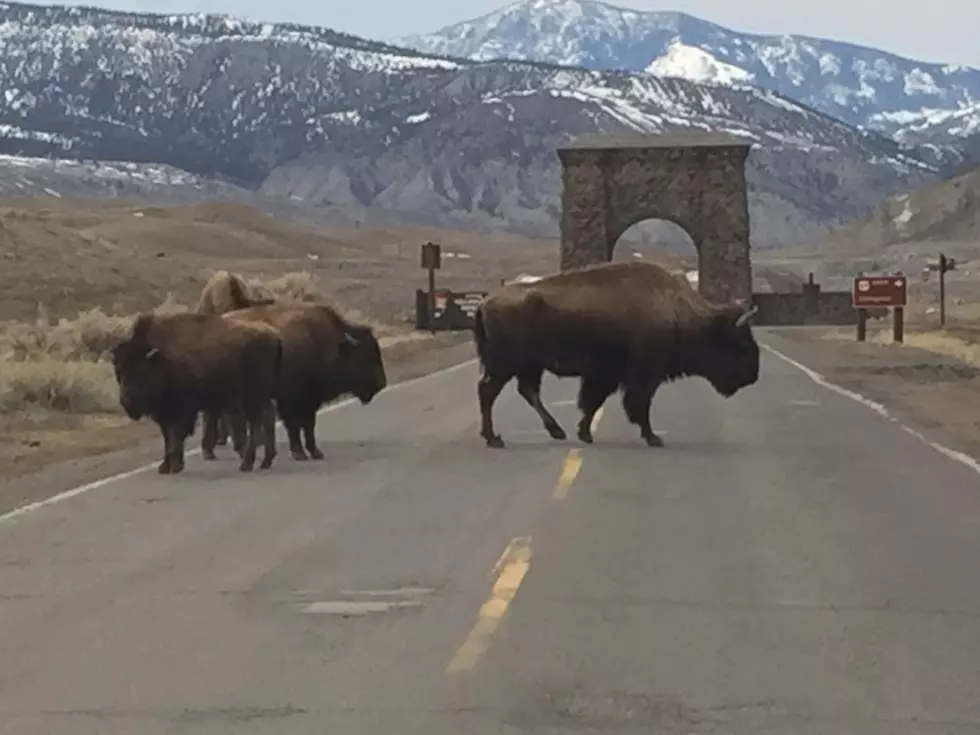
Yellowstone Park’s migrating bison can ‘reset’ spring green-up
(CN) Bison migration in Yellowstone National Park can significantly alter the timetable and conditions for springtime vegetation growth, according to a study released Monday in Proceedings of the National Academy of Sciences.
A team of researchers led by Chris Geremia, senior bison biologist for Yellowstone National Park, and Rick Wallen discovered that as bison migrate and forage through natural landscapes like valleys and grasslands, their grazing is so intense it essentially resets the conditions for springtime greenery.
Researchers say that as bison consume vegetation, they are restoring plant conditions to an earlier springtime state – essentially restarting the springtime clock.
The team says this kind of influence of bison on their environments is something that has never been fully explored in previous research efforts.
“We’ve been studying bison in Yellowstone for over a century, but this idea that bison set the terms of springtime, through their movements and grazing, was something that’s never been confirmed before in Yellowstone – or anywhere else,” Geremia said with the release of the study.
Researchers say that without the migration of bison, springtime in Yellowstone would take on a notable change. Grass would lose much of its nutritional value, plant lifespans would be drastically shorter and local environments would be less green and healthy without the iconic animals.
Geremia says these new revelations help illustrate just how significantly bison activity can support environmental health on a large and meaningful scale.
“We found that in Yellowstone having large populations of bison can improve natural environments on multiple levels,” Geremia said in a phone interview.
Scientists note that this discovery raises several questions on how environments looked and functioned during the days when countless herds of bison traveled across North America prior to European settlement. Should bison populations return to even a fraction of their former glory, scientists suggest the health and well-being of our modern landscapes would be radically revamped.
